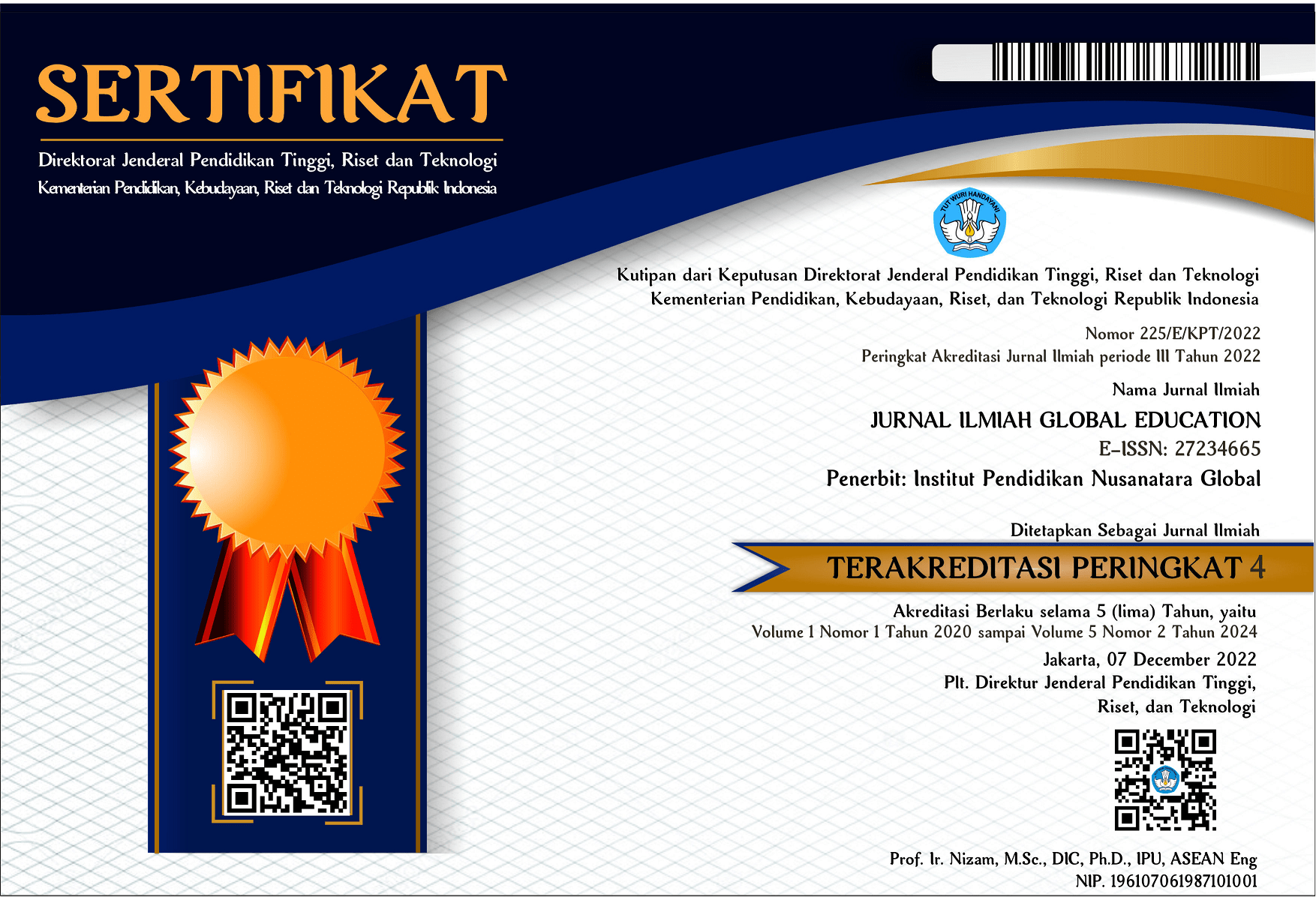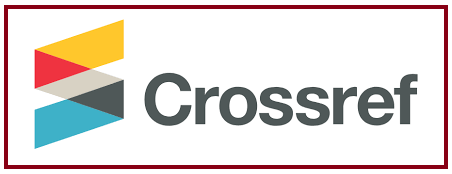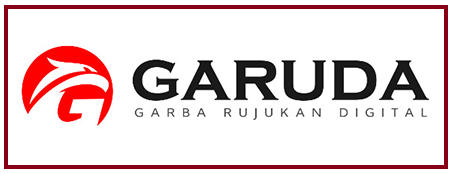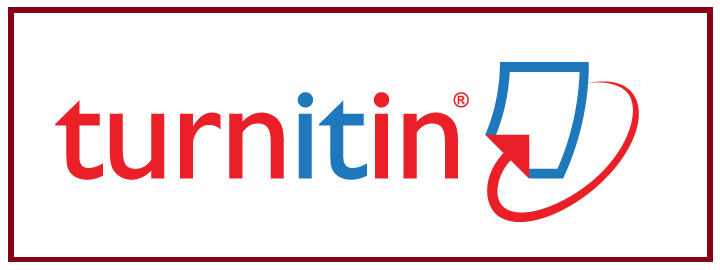PENERAPAN TEORI BELAJAR HUMANISTIK PADA PEMBELAJARAN BERDIFERENSIASI DI SEKOLAH DASAR
DOI:
https://doi.org/10.55681/jige.v3i2.398Keywords:
ArticleAbstract
This study aims to describe the application of humanistic learning theory through differentiation learning in elementary schools. The method used in this study is the literature review method where the data comes from various sources of articles in electronic journals. The data collection technique used in this research is documentation. Furthermore, the data analysis technique used in this research is content analysis. The results of this study attempt to illustrate that differentiated learning is learning designed by the teacher to facilitate students in building their knowledge in the process of changing behavior that embodies the diversity of characteristics, interests, motivations of students. Humanistic learning theory is a theory that helps students to enjoy learning about subject matter. Humanistic learning theory can be used to implement differentiated learning in elementary schools. Humanistic learning theory emphasizes the activities of guiding, developing and directing the basic potential of students both in terms of cognitive, affective and psychomotor
Downloads
References
Alauddin. (2015). Prinsip dan Implikasi Teori Belajar Humanistik dalam Pembelajaran. Jurnal Guruan IQRA, 3(1).
Anam, N. (2014). Konsep Belajar dan Pembelajaran Humanistik Perspektif Paolo Freire dan Kh. Abdul Wahid Hasyim. Jurnal Al-Fitrah, 9(1).
Aprima, D., & Sari, S. (2022). Analisis Penerapan Pembelajaran Berdiferensiasi Dalam Implementasi Kurikulum Merdeka Pada Pelajaran Matematika SD. Cendikia: Media Jurnal Ilmiah Pendidikan, 13(1), 95-101.
Arbayah, A. (2013). Model Pembelajaran Humanistik. Dinamika Ilmu: Jurnal Guruan, 13(2).
Aswita, D. (2015). Identifikasi Masalah yang Dihadapi Guru Biologi dalam Pelaksanaan Pembelajaran pada Materi Ekosistem. Biotik: Jurnal Ilmiah Biologi Teknologi dan Keguruan, 3(1), 63-68.
Hera, R. (2017). Studi Kasus Permasalahan dalam Proses Pembelajaran Konsep Genetika di SMA Negeri 2 Seulimum Kabupaten Aceh Besar. Genta Mulia: Jurnal Ilmiah Guruan, 8(1).
Herwina, W. (2021). Optimalisasi kebutuhan murid dan hasil belajar dengan pembelajaran berdiferensiasi. PERSPEKTIF Ilmu Pendidikan, 35(2), 175-182.
Jenyana, I. M. R., & SD, S. P. (2022). Pembelajaran Yang Berdiferensiasi. Inovasi Jurnal Guru, 8(17), 31-37.
Purwoko, B. (2017). Studi Kepustakaan Mengenai Landasan Teori dan Praktik Konseling Expressive Writing. Jurnal BK UNESA, 8(1).
Puspitasari, V., & Walujo, D. A. (2020). Pengembangan Perangkat Pembelajaran Dengan Model Diferensiasi Menggunakan Book Creator Untuk Pembelajaran Bipa Di Kelas Yang Memiliki Kemampuan Beragam. Jurnal Education And Development, 8(4), 310-310.
Riyanton, M. (2015). Pendidikan Humanisme dan Implementasinya dalam Pembelajaran Bahasa Indonesia. Jurnal Lingua Idea, 6(1).
Rofikoh, E. (2014). Pengaruh Pembelajaran Humanistik Terhadap Keaktifan Belajar dan Hasil Belajar Matematika Siswa Kelas IX SMP Negeri 1 Bringin Kabupaten Semarang Semester I Tahun Ajaran 2014/2015 (Doctoral dissertation, Program Studi Guruan Matematika FKIP-UKSW).
Sanusi, U. (2013). Pembelajaran dengan Pendekatan Humanistik: Penelitian pada MTs Negeri Model Cigugur Kuningan. Jurnal Guruan Agama Islam, 11(2).
Tomlinson, C. A. (2000). Differentiation of Instruction in the Elementary Grades. ERIC Digest.
Widyaningrum, H. K., dan Rahmanumeta, F. M. R. (2016). Pentingnya Strategi Pembelajaran Inovatif Dalam Menghadapi Kreativitas Siswa Di Masa Depan. In Proceedings International Seminar FoE (Faculty of Education) (pp. 268-277).
Yasin, M. (2017). Teori Humanistik dalam Pembelajaran. Jurnal An-Nur, 1(01), 46-57.
Downloads
Published
How to Cite
Issue
Section
License
Copyright (c) 2022 JURNAL ILMIAH GLOBAL EDUCATION

This work is licensed under a Creative Commons Attribution-ShareAlike 4.0 International License.













